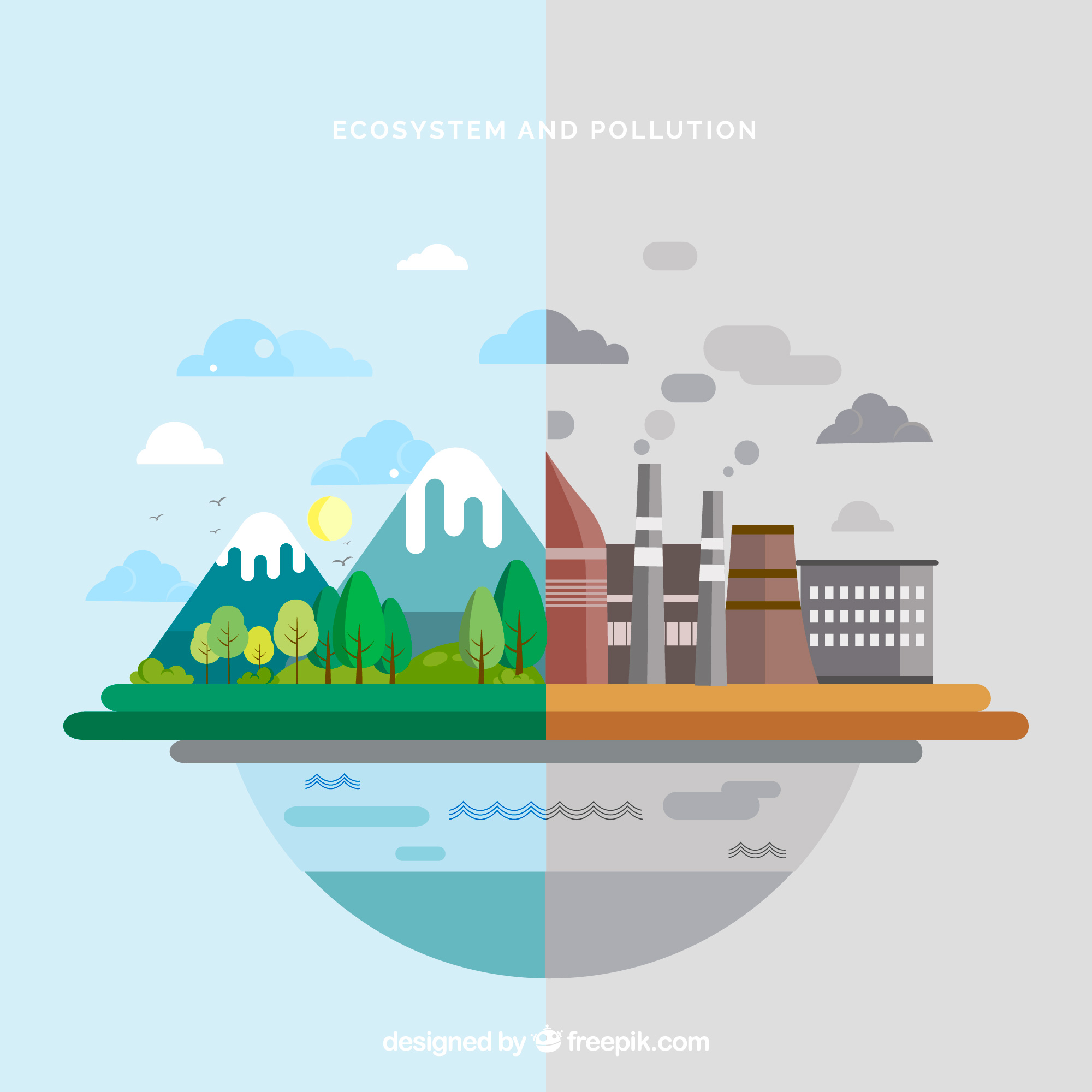Food packaging has a huge impact on climate, and it’s high time we need to look at sustainable alternatives.
Packaging is a crucial aspect of the food industry. It helps preserve and protect food, making it possible to enjoy fresh food even when it’s not in season. However, traditional food packaging, especially single-use plastic packaging, significantly impacts the environment and thereby causes climate change. From landfills to the ocean, the impact of food packaging on our planet cannot be underestimated.
The problem with traditional food packaging
Food packaging, especially single-use plastic packaging, has a devastating environmental effect. Plastic takes several hundred years to disintegrate and by 2050, it’s estimated that more plastic will be in the ocean than fish.
Single-use plastic is a significant contributor to climate change because of its production, disposal, and impact on the environment. The production of single-use plastic items like straws, bags, and utensils requires a considerable amount of energy and resources, including fossil fuels, which release greenhouse gases into the atmosphere.
These greenhouse gases trap heat in the atmosphere, causing global temperatures to rise, and ultimately resulting in climate change. Moreover, when single-use plastic is disposed of improperly, it can end up in landfills, oceans, and other natural habitats, where it can take hundreds of years to degrade, releasing toxins and further contributing to environmental pollution and climate change.
Therefore, reducing the use of single-use plastic can help to reduce greenhouse gas emissions, reduce waste, and mitigate the impacts of climate change.
Plastic particles have been found in seafood, drinking water, and even the air we breathe. Additionally, plastic packaging is made from fossil fuels, which are not renewable resources, and their production contributes to greenhouse gas emissions, accelerating climate change.
After being used, most food takeaway packaging is discarded. They are often buried in a landfill or become litter.
According to Ocean Conservancy, “Plastic has been found in 59 percent of sea birds like albatross and pelicans, 100 percent of sea turtle species and more than 25 per cent of fish sampled from seafood markets around the world.”
Most food packaging is meant for single use. If not recycled, food packaging waste is typically landfilled or incinerated. They produce greenhouse gases. While landfills emit ammonia and hydrogen sulphide, incinerators produce mercury, lead, hydrogen chloride, sulphur dioxides, nitrous oxides, and particulates.
The greenhouse gases negatively impact the climate. Some of the major climate issues include:
Rising global temperatures: The Earth’s temperature is rising due to the emission of greenhouse gases from human activities. This has resulted in heatwaves, droughts, and extreme weather events that have severe consequences for ecosystems and human societies.
Sea-level rise: Sea levels are rising due to the melting of glaciers and ice sheets. This can lead to flooding in coastal areas, displacement of populations, and damage to infrastructure.
Extreme weather events: Climate change caused by greenhouse gas emissions has resulted in more frequent and intense weather events, such as hurricanes, cyclones, and wildfires. These events can cause significant damage to property and infrastructure, resulting in economic losses and human suffering.
Biodiversity loss: The indiscriminate use of plastic in food packaging contributes to climate change and loss of biodiversity. Changes in temperature, precipitation, and other climatic factors are affecting ecosystems and species’ survival, leading to the extinction of many plant and animal species.
Eco-friendly disposables for food packaging
Biodegradable plates and bowls, sustainable food takeaway packaging, and wholesale disposable food delivery containers are eco-friendly alternatives to traditional food packaging. They are made from natural materials like sugarcane bagasse which are biodegradable and compostable, reducing waste in landfills. These sustainable food packaging options are sturdy, durable, and suitable for hot and cold food. They also come in different sizes and shapes, making them ideal for various food types.
Sustainable food packaging has many benefits over traditional packaging. They are made from renewable resources, making them more sustainable than fossil fuels. They are also affordable, readily available, and accessible to everyone. Additionally, sustainable food packaging reduces the amount of plastic waste that reaches the ocean and landfills.
While looking for biodegradable food packaging, it’s essential to look for products certified as biodegradable and compostable, ensuring that they meet specific standards and are genuinely eco-friendly.
Sustainable food packaging is a viable solution to the problem of traditional food packaging. By choosing biodegradable plates and bowls, compostable disposable plates, or sustainable food takeaway packaging, everyone can play a part in protecting the planet and preserving it for future generations.
Conclusion
Food packaging is important in our daily lives, helping to protect and preserve the food we consume. However, the impact of traditional food packaging on the environment and its influence on climate change is a growing concern. Single-use plastic packaging, in particular, contributes significantly to the amount of waste in landfills, oceans, and other natural habitats. This harms wildlife and marine life and contributes to greenhouse gas emissions, exacerbating climate change. Hence, there is a growing need for sustainable and eco-friendly disposable food containers to traditional food packaging to reduce the impact on the planet.


